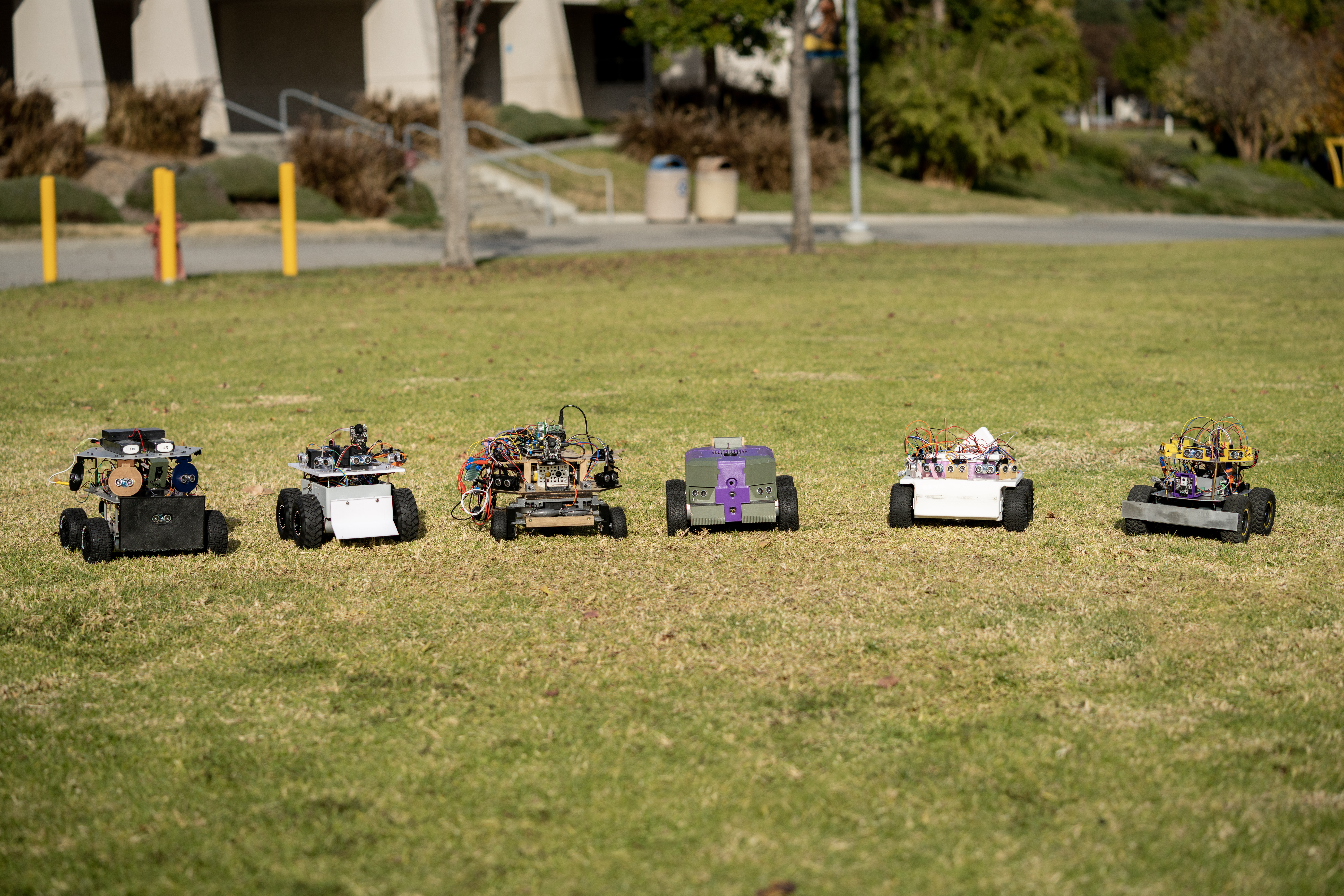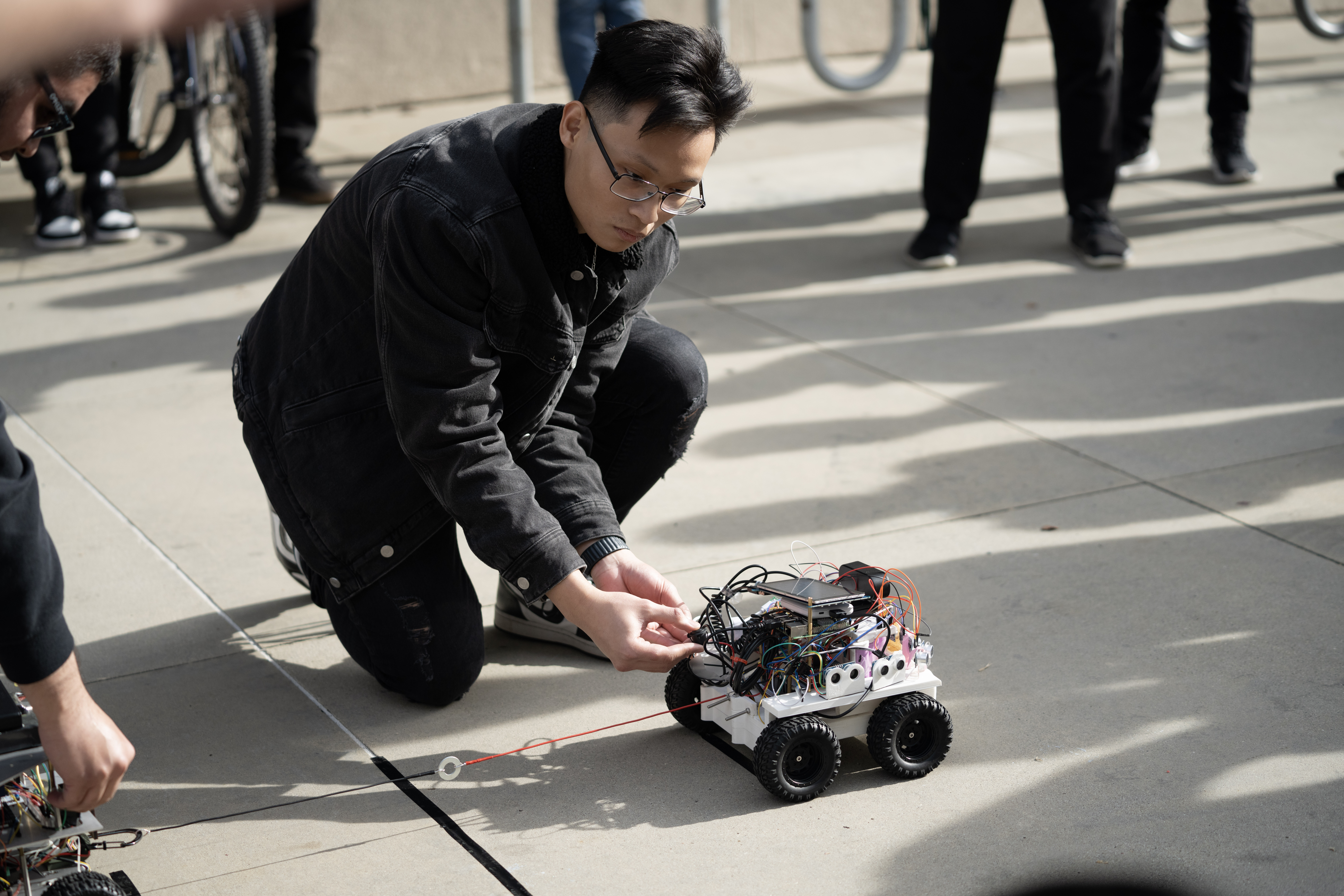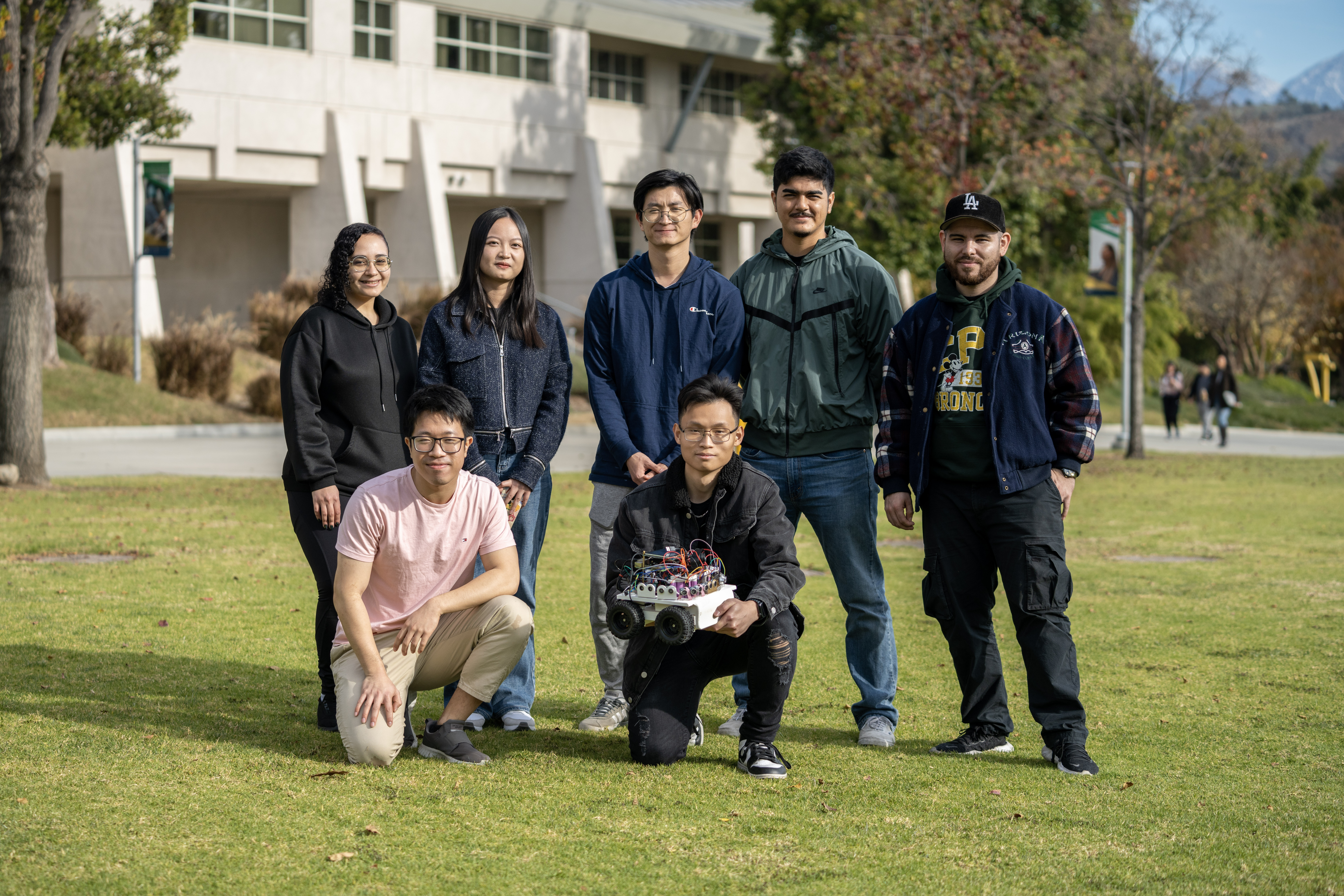Autonomous Robot Competition
Published:

Brief: This is the project where we had to build a 1ft x 1ft robot that had to compete with others robot in 5 competitions: tug-of-war, ramp race, fox hunt, follow the lead, and log push.
Role: Robotics Engineer
Result




Summary of my contribution:
- Led the mechanical design, electronics setup, control programming, and computer vision for the robot, focusing on optimizing the front bumper for aerodynamics while ensuring stable contact with the log at high velocities. I spearheaded discussions on design concepts and implementation strategies with my teammates to achieve the best performance.
- Directed the integration of a Raspberry Pi communicating with an STM32 microcontroller, where the Raspberry Pi handled sensor data and computer vision processing, while the STM32 managed motor control and real-time feedback. I oversaw the electronics and wiring, ensuring smooth communication between hardware components and control systems.
- Collaborated closely with my team to develop the software, control algorithms, and computer vision systems, guiding the programming efforts to enhance system reliability and functionality.
- Our teamwork and collaboration led to a 2nd place finish in the competition, with the robot being praised for its stable and flawless performance. The hardware operated without any issues throughout the competition, demonstrating the effectiveness of our design and system integration.

[GitHub]
Skills: Leadership, OpenCV, Python, C, C++, Linux, Bash/Shell Scripting, Git, Debugger, Microcontroller, GPIO, ADC, PWM, SolidWorks, 3D Printing
Contributors' Acknowledgement: Li Ren, Haoran Chen, Mingfei Yu, Michael Lucas, Joseph Nunez, Marly Latif
